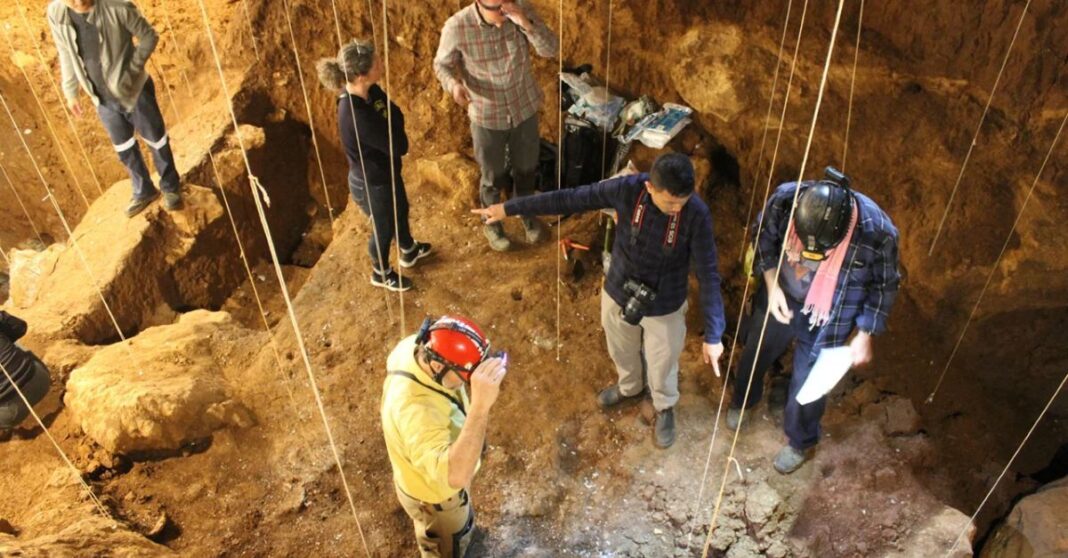A team of researchers has discovered fossilized human skull and leg bone fragments from the Tam Pà Ling cave, Houaphanh province, that date back 86,000 years, and are now being considered as the oldest examples of modern humans in Southeast Asia.
The international research team published their findings last week in the Nature Communications journal, about the fossils that were excavated from a depth of 5 to 7 meters at the site.
The discovered skull fragment was estimated to be dated between 67,000 – 73,000 years, while the leg bone fragment comes from a human who lived between 68,000 – 86,000 years ago. The team is unsure whether both bones belonged to the same individual.
While the skull fragment is seemingly from a more slender form of Homo Sapiens, the team has also come across younger fossils, displaying thicker bones, which suggest that they are from a different wave of modern humans.
This is not the first time that ancient human remains were uncovered from this cave in Northeastern Laos. In 2012, the same team found parts of a skull that was around 46,000 years old. Subsequently, digging deeper into the red mud floor of the cave, uncovered older bones, including a rib and chin bone that date back up to 73,000 years.
This discovery is expected to have big implications, challenging the idea that early humans traveled from Africa and migrated across Southeast Asia and Australia for the first time, around 60,000 years ago.
Kira Westaway, an associate professor at Macquarie University, told CNN, “Chances are that this early migration was unsuccessful, but this does not distract from the fact that H. sapiens had arrived in this region by this time which is a remarkable achievement.”
This suggests that the migration from around 60,000 years ago, “that contributes to our current gene pool may not have been the first,” Westaway said. “There may well have been earlier migrations that were not successful and therefore did not contribute their genetics to our modern populations.”
The new fossils also challenge the perception that early humans traveled around the world along the coastal route on boats, as the site of the cave is 300 km from the sea.
“The fascinating part of this research is the location of the cave. We know that hominins tended to move along river valleys inland, but this location confirms our suspicions that early Homo sapiens had the capacity to adapt and disperse through upland forested regions much earlier than anticipated,” Westaway added.
Archeologists believe that humans have lived around the Tam Pà Ling cave for at least 50,000 years. Hence, it holds exciting potential for discoveries in paleoanthropology to reveal the puzzle that is the ancient human journey around the world.



